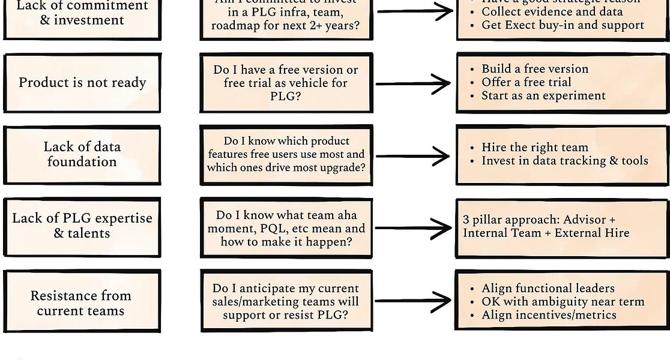Lenny's Newsletter
10M
366

Image Credit: Lenny's Newsletter
Summary: The ultimate guide to adding a PLG motion | Hila Qu (Reforge, GitLab)
- PLG (Product-led Growth) is popular due to the shift from sales-driven B2B business models to user-focused, try-before-you-buy tactics.
- PLG is perfect for lowering the barrier for more people to try the product and broaden the reach, while sales motion is for a very targeted list of big customers.
- The first step to adding a PLG motion to a B2B company is to either have a free product, free trial, some sort of low barrier entry for anyone who stumbles upon the product to give it a try.
- PLG is a complete motion that requires commitment and a well-thought-out roadmap, potentially spanning a year or more.
- Companies that want to do PLG but lack usage data are setting themselves up for failure.
- Not every company needs to add a PLG piece, it’s a spectrum. However, the majority of B2B software companies fall somewhere in the middle of this spectrum and can benefit from integrating elements of PLG into their growth strategy.
- In terms of tool recommendations for setting up an initial stack for product-led growth, Hila Qu mentions several key pieces: infrastructure tools, product analytics tools, experimentation tools, lifecycle marketing tools, data enrichment tools, onboarding tools, and conversion tools.
- The most critical role for an MVP PLG team is the growth PM (Product Manager) who leads the team.
- PLG is a key asset in a product-led growth strategy, and a well-structured data infrastructure can ensure this asset is leveraged effectively.
- To move from just a PLG team to a PLG organization, it is crucial to determine the metrics that each team will own.
Read Full Article
17 Likes
For uninterrupted reading, download the app